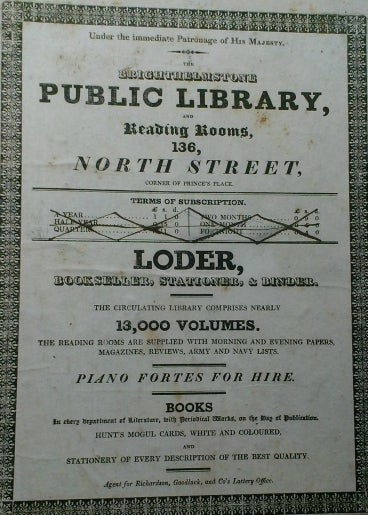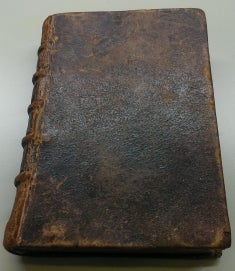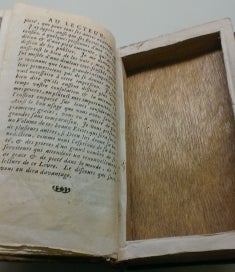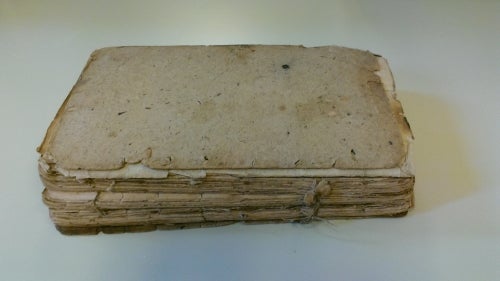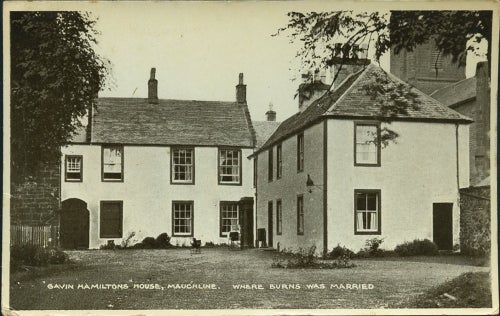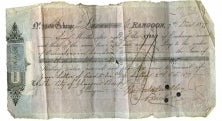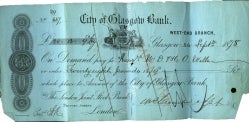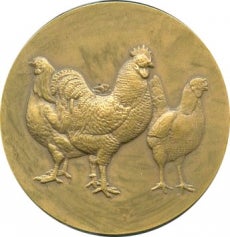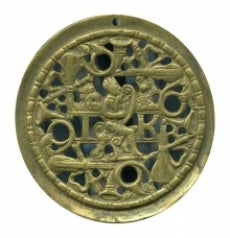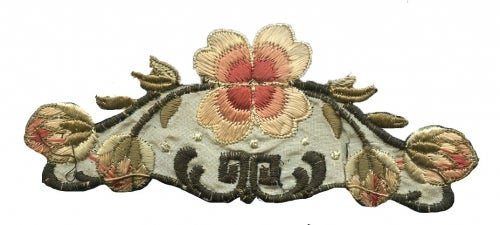Dana Porter Library, first floor
University of Waterloo Library
Waterloo, Ontario N2L 3G1
519-888-4567 x42619 or x42445
Recent blog posts
Blog topics
-
1492LandBackLane (1)
-
1900s (2)
-
Abyssinia (1)
-
advertisements (1)
-
album (1)
-
anatomy (1)
-
anniversary (1)
-
anti-suffragists (1)
-
archives (25)
-
arithmetic (1)
-
art (1)
-
autographs (2)
-
automation (1)
-
awards (1)
-
badges (1)
-
bank fraud (1)
-
barcodes (1)
-
beer (1)
-
Birth Control (1)
-
BLIND DATE (1)
-
book collection (1)
-
books (19)
-
bookworms (1)
-
botany (1)
-
Britain (1)
-
British history (1)
-
Burns (1)
-
Cambodia (1)
-
Canadian history (1)
-
casinos (1)
-
Catholicism (1)
-
censorship (1)
-
Charles Dodgson (1)
-
Chinese history (1)
-
clothing (2)
-
co-op (2)
-
co-op students (2)
-
cocoa (1)
-
community (1)
-
conservation (1)
-
correspondence (1)
-
COVID-19 (1)
-
Crochet (1)
-
culture (1)
-
Dance (1)
-
dancing (1)
-
detective (1)
-
dolls (1)
-
Drama (1)
-
Drawing (1)
-
ectoplasm (1)
-
Eid (1)
-
Eid Celebration (1)
-
eldritch horror (1)
-
employment (1)
-
Englishmen (1)
-
Eric McCormack (1)
-
Euclid (1)
-
Eugenics (1)
-
examinations (1)
-
exams (1)
-
exercise (1)
-
facsimiles (1)
-
fairy tales (1)
-
farms (1)
-
Fashion (1)
-
FINE ARTS (1)
-
fire (1)
-
five year plans (1)
-
flowcharts (1)
-
Frenchmen (1)
-
gas masks (1)
-
geese (1)
-
gender studies (1)
-
gender violence (1)
-
geography (1)
-
ghosts (2)
-
H.P. Lovecraft (1)
-
hidden art (1)
-
HIST250 (1)
-
history (6)
-
holy books (1)
-
horror fiction (2)
-
hydrography (1)
-
illustrations (1)
-
Indigenous (1)
-
inflation (1)
-
insects (1)
-
introduction (1)
-
journalists (1)
-
Kaufman Shoes (1)
-
Kitchener (2)
-
knitting (1)
-
Lady Aberdeen (1)
-
landscapes (1)
-
Latin (1)
-
Lewis Carroll (1)
-
LGBT studies (1)
-
libraries (1)
-
local history (1)
-
Lydia Dotto (1)
-
magazines (1)
-
magic (1)
-
mandibles (1)
-
marbling (1)
-
Marie Stopes (1)
-
media (1)
-
medicine (2)
-
Michael Fritsch (1)
-
midwifery (1)
-
murder (2)
-
mushroom (1)
-
mysteries (1)
-
mysticism (1)
-
Noel Hynes (1)
-
Novels (1)
-
nursery rhymes (1)
-
occult (2)
-
opera singers (1)
-
optimism (1)
-
outreach (1)
-
oxygen (1)
-
paleontology (1)
-
pharmacy (1)
-
photographs (5)
-
planning (1)
-
playboys (1)
-
Poetry (1)
-
pop-up books (1)
-
prejudice (1)
-
Pride (4)
-
pulp (1)
-
quietism (1)
-
quotes (1)
-
radio (1)
-
Ramadan (1)
-
rare books (11)
-
rates (1)
-
rationing (1)
-
religion (1)
-
repurposing (1)
-
research (1)
-
restaurants (1)
-
Romance (1)
-
rubber (1)
-
Sardinia (1)
-
satire (1)
-
science (1)
-
scrapbook (1)
-
scrapbooks (1)
-
seances (1)
-
Second World War (1)
-
Shoes (1)
-
smuggling (1)
-
Sorels (1)
-
spatulas (1)
-
spelling (1)
-
spiritualism (3)
-
spirituality (1)
-
staff (1)
-
Stamps (1)
-
steamships (1)
-
Stephen King (1)
-
Stranger Things (1)
-
students (3)
-
suffragists (3)
-
surveys (1)
-
telephones (1)
-
theatre (1)
-
theosophy (2)
-
Transcription (1)
-
trumpets (1)
-
typefaces (1)
-
urban planning (1)
-
vases (1)
-
volleyball (1)
-
waltzing (1)
-
wand (1)
-
water towers (1)
-
Waterloo (1)
-
Wedding (1)
-
women (1)
-
Women Studies (1)
-
women's studies (6)
-
Womens Rights (1)
-
world war i (1)
-
World War II (4)
-
WS (2)
-
zero gravity (1)
Blog posts by audience
- Post-doctoral fellows (1)
- Current students (12)
- Everyone (2)
- Future students (9)
- Faculty (10)
- Staff (10)
- Alumni (10)
- Parents (8)
- Donors | Friends | Supporters (9)
- Employers (7)
- International (7)
- Media (8)
Blog posts archive
Hi, I'm Jessica, the Librarian here in Special Collections & Archives. As you may have guessed from my job title I Love (with a capital L) books. It isn't just the content of the books that I am interested in, but the physical books themselves and what they can tell us about the time during which they were created, who they were owned or read by, and how the written word was transmitted.
Found pasted in the back of Robert Southey's History of Brazil from 1810. This sheet from a subscription library advertises the size of the collection, and gives rates for subscribing. How many people's lives has a circulating book touched? Call number G4374.
For me, often the best part about opening a book in our collection is the chance to learn about the life of the book before it made its way into our hands. Where did it go? Who was it read by? What secrets may it be keeping? Books have long been a place to hide things from prying eyes – whether it be money, secret documents, notes in code in the margins, or a lever to open a hidden room in a spy thriller.
This unassuming volume holds a secret inside! The pages have been hollowed out so that it can be used for smuggling. Read all about it in a previous blog post. Call number A0393.
Not all marginalia or objects found inside a book are quite so spy novel, but they can still provide an intimate glimpse into the past that allows us to imagine and speculate about the activities of the book's owner during a fixed point in time. I find that it is through making these discoveries that we are able to feel most connected to the past.
As an example from our collections, take this book Poems, chiefly in the Scottish dialect by Robert Burns, published ca. 1801. Yes, the covers are worn and the binding is coming apart, but to me this speaks of a book that has been well loved during its lifetime - one that had been read, and reread, and in this case, seemingly packed into a bag for a Burnsian trip.
Burns' Poems, chiefly in the Scottish dialect. Call number F22478
Found tucked inside this humble volume was a treasure trove of memorabilia, some of which speaks to a trip to Burns' neck of the Scottish woods and some to the personal interests and activities of the former owner.
Items include a postcard of Burns' marriage home in Mauchline:
Scottish bank notes:
medallions of personal meaning:
and embroidery, among other things:
When I look at these items of personal significance I feel connected to the book in a way that the text alone does not allow for. I can imagine the importance that it held for someone, and an image begins to take form in my mind of the book's former owner, sitting on the holm of the River Ayr reading "Man was Made to Mourn" and feeling that same deep connection to Burns as I feel to the book's owner.
If you are interested in seeing more examples of items inset into books, check out the Book Traces project (previously at www.booktraces.org), sponsored by the University of Virginia, and consider contributing information about a book trace that you have come across!
Following post: 40 years on!
Previous post: Variety is the spice of life
